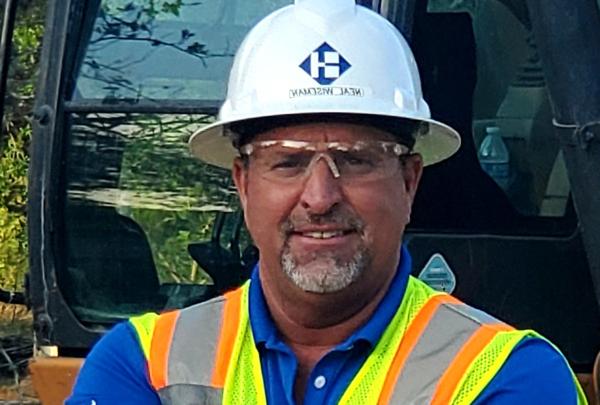Healthcare costs in the United States are the highest in the world, accounting for 17% of our GDP and per capita expenditure of $9,869.[1] As these costs are expected to continue to rise, healthcare systems are under constant pressure to manage capital spending while at the same time providing better care to improve patient outcomes.
The three largest line items on a healthcare system’s balance sheet are:
- Staffing (FTEs)
- Owned assets (i.e., buildings)
- Supplies and equipment
But deciding how and where to allocate your limited budget can’t just be done “the way we’ve always done it.” To determine the proper apportionment of your organization’s capital to get the best return on your investment you must develop a plan that:
- Is driven by the system’s market strategies; and
- Incorporates operational efficiencies.

Strategy-Driven
Tying your short- and long-term market strategies to your capital spending provides clarity on where and how to spend your money on facility modifications, instead of piecemealing your investments based on “who is screaming the loudest.” One way to save time and money is to develop an actionable strategic facilities master plan (SFMP). SFMPs – which should be conducted every three to five years – will help you determine whether, where, and how you should spend capital on facilities.
Great SFMPs are driven by two major components: demand and facilities analysis. In other words, who or how bricks and mortar are going to be used and if the current or future buildings are a fit to facilitate/support the stated function housed within their walls.
Demand typically is generated by two major functions:
- Operational inefficiencies (more ED exam rooms due to long throughput times); and/or
- Pure incremental volume (more people or buyers)
Analyzing future demand and where it will come from is vital to building your SFMP. Performing a market demand forecast using available information and data, as well as information from state and national sources, can validate market volumes for your health system’s services.
An asset or facilities conditions assessment (FCA) is another critical part of the SFMP. As the name suggests, during this process your facility is analyzed for impacts on efficient movement of patients, public, staff, physicians, materials, and equipment. Department locations and adjacencies with any other factors are evaluated related to optimizing clinical and support efficiency and productivity.
The FCA yields a gap analysis based on your building’s condition, age, code adherence, etc. This is fundamental as the gap analysis should be directly generated from the strategic and operational purpose of the building, not its historical and/or current use.
Operational Efficiencies
Overbuilt facilities result in increased infrastructure costs, wasted space, and unnecessary construction costs and operational expenditures. Instead of jumping to new construction, improving operational processes can save on capital spending by maximizing people, procedures, technology, and space. Identifying operational efficiencies can ensure that your facility’s high-level objectives are informed by day-to-day realities.
Linking operational and clinical objectives and a right-sized facility design ensures maximum utilization and an optimized patient and employee experience. Operations analyses can include patient movement through your facility and department adjacencies. Evaluating these efficiencies can help you identify opportunities for streamlined operations.
Developing a Capital Response
In addition to finding operations improvements, future volume and FCAs form the locus of the SFMP and should drive and create any facilities capital response such as new construction or renovations. Sometimes a facilities response is not needed if future volumes can be accommodated with operational enhancements.
Once the facilities response options have been vetted and prioritized based on strategic and operational efficiencies, financial pro formas should be developed to determine the short- and long-term viability of capital investments.
The pro forma has two main objectives:
- Incorporate any operational savings from staffing, supplies costs, and operational improvements
- Include the facilities capital cost of renovation and/or new construction
The capital cost should be offset by any incremental volumes, long-term lifecycle savings, and the reduction or elimination of any enabling or short-term projects, also known as sunk costs.
Moving from the existing state into the future is exciting but can be difficult to envision. A partner experienced in developing a comprehensive SFMP can help you create a roadmap for the future, including the prioritization of operational scenarios, action plans for implementation, and results that quantify each step of the process. But to realize long-term savings and a significant ROI on your investments, you must create a plan around not only facilities but the people, materials, and processes housed within!
[1] The World Bank. http://data.worldbank.org/indicator/SH.XPD.CHEX.PC.CD?locations=US&most_recent_value_desc=false.









































































































